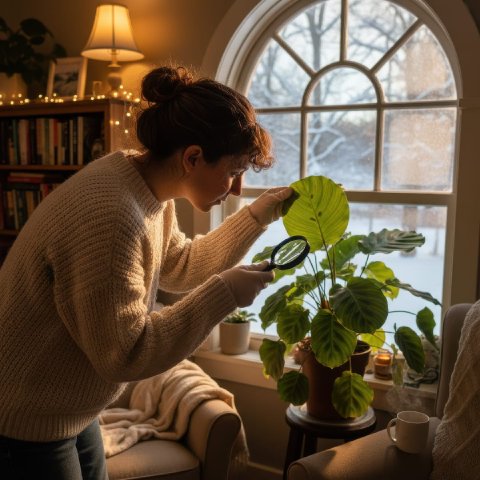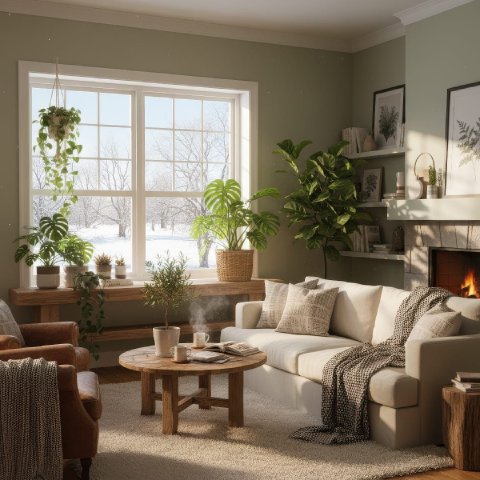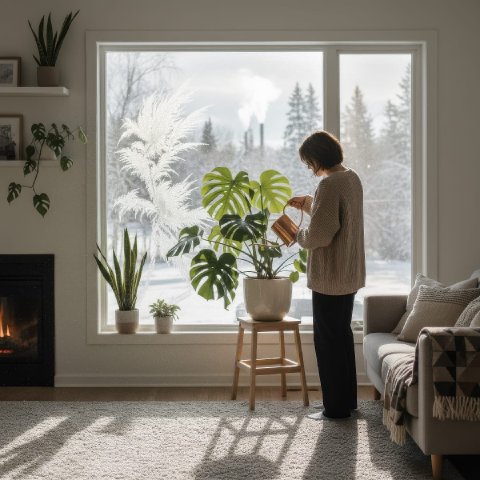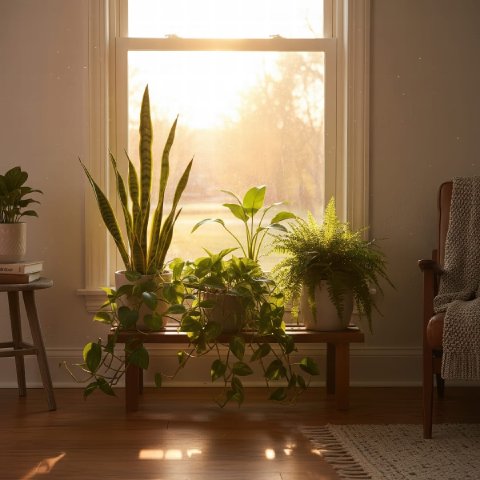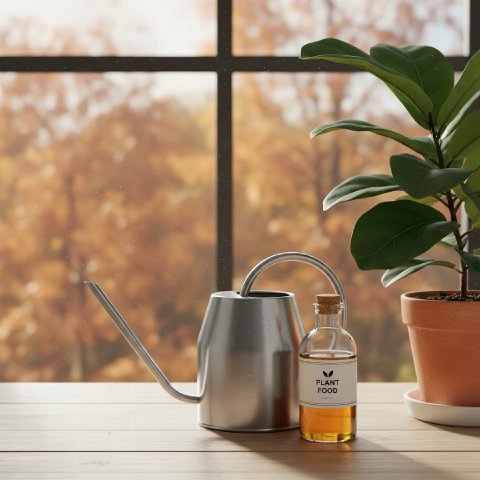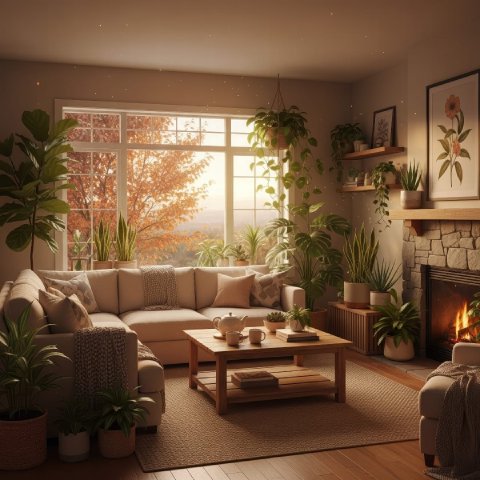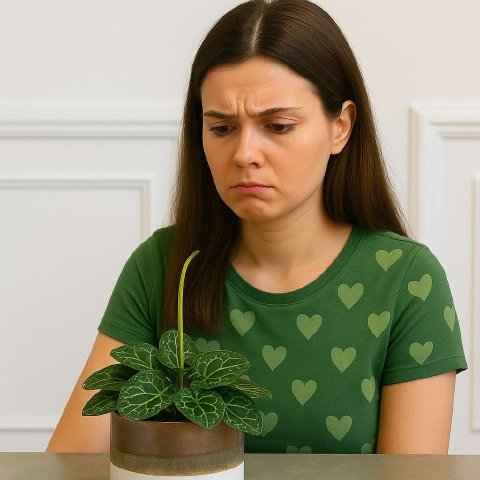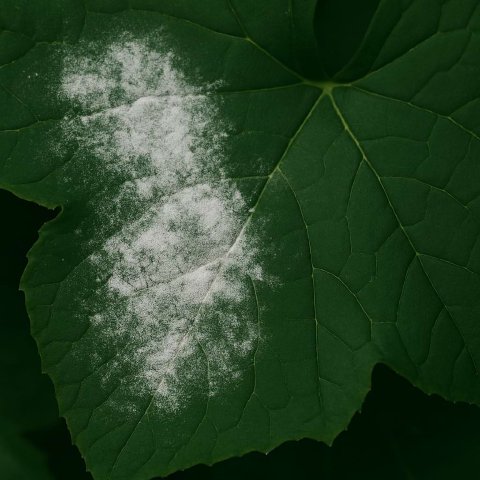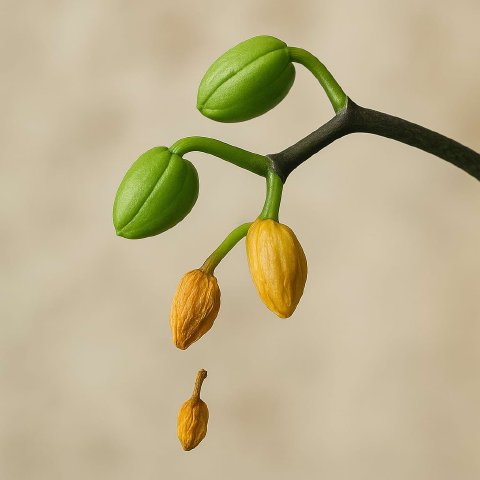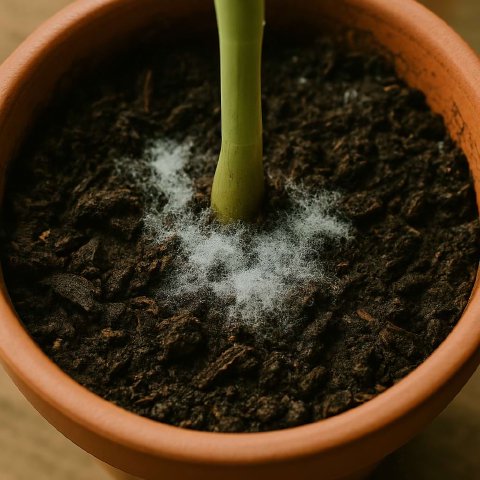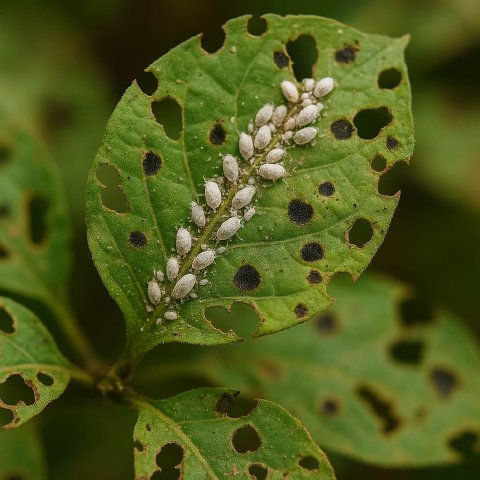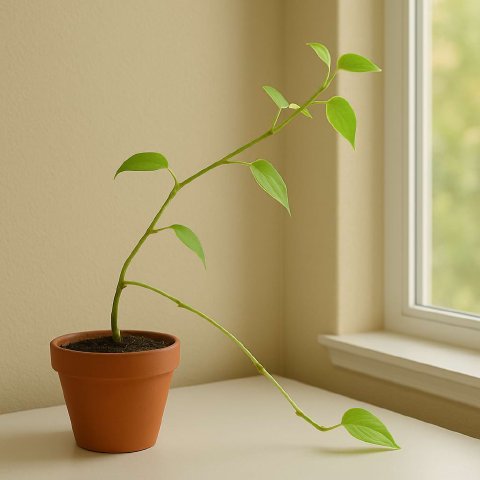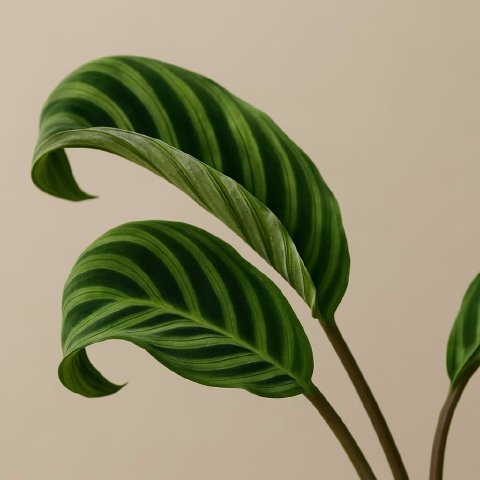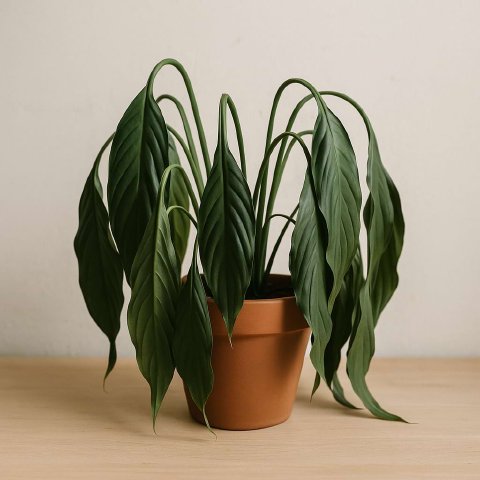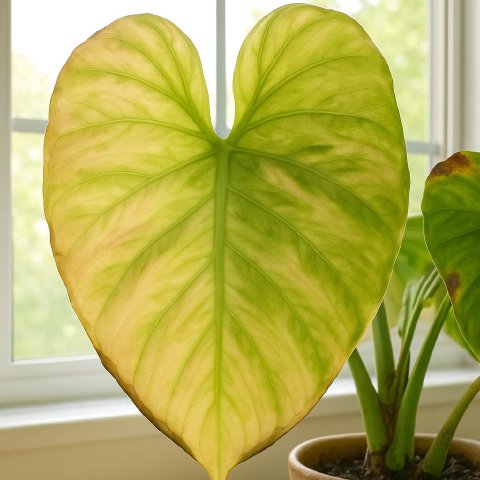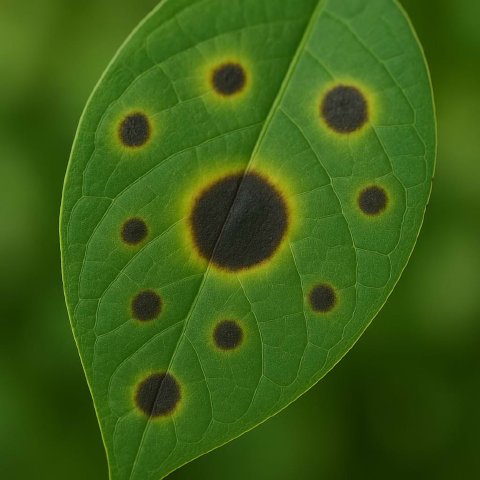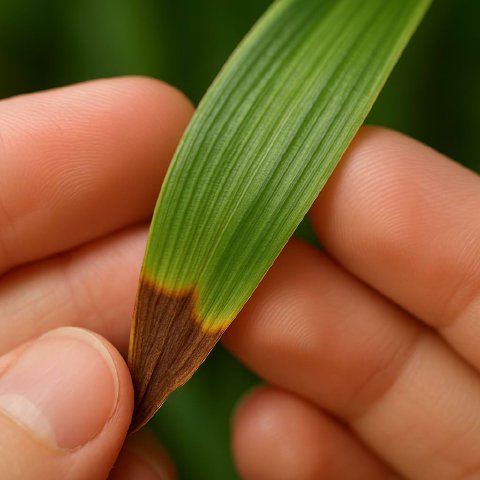🪴 In This Guide 🪴
🟡 Problem: The Mystery of the Yellowing Leaves
This is, without a doubt, the most frequent autumn complaint. Seeing vibrant green leaves turn a sad yellow can be alarming, but there’s usually a simple explanation.
The Likely Culprit: Overwatering
As your plant’s growth slows for the dormant season, it uses far less water. If you keep watering on your summer schedule, the soil stays soggy, suffocating the roots. This leads to the classic signs of overwatering and root rot: soft, yellowing leaves, especially the lower ones.
The Fix: Ditch the schedule and get hands-on. Before watering, always check the soil by sticking your finger two inches deep. If it’s moist, wait. Let the soil tell you when it’s thirsty.
Fine‑tune cadence with Adjusting Watering and Fertilizer in Autumn.
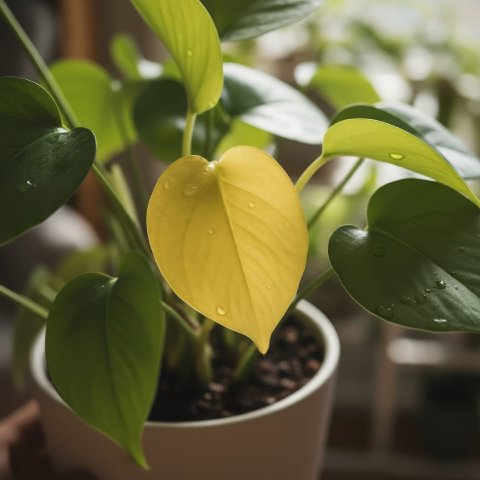
The Other Possibility: Natural Shedding
It’s also perfectly normal for a plant to sacrifice a few of its oldest, bottom leaves to conserve energy for the winter. If it’s just one or two leaves and the rest of the plant looks healthy, you have nothing to worry about.🍂 Problem: Sudden, Dramatic Leaf Drop
Some plants, especially the notorious Fiddle Leaf Fig, express their displeasure by dropping leaves with very little warning. This is almost always a reaction to a sudden environmental change.
The Likely Culprit: Temperature Shock
Is your plant near a window you’ve started opening for that crisp autumn air? Or is it right in the path of a heating vent that just kicked on for the first time? These sudden blasts of cold or hot air are a major source of stress, causing your plant to drop perfectly healthy-looking leaves.
The Fix: Assess your plant’s location. Move it away from drafty windows, doors, and direct heat sources. Plants crave stability, so a spot with a consistent temperature is best. For more details, check out our guide on leaf drop.
Optimize window direction and distance in Light for Houseplants in Autumn. If you recently moved plants inside, follow Preparing Houseplants for Winter.
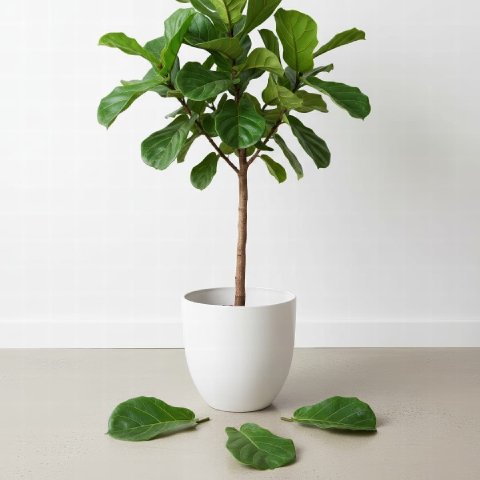
🐞 Problem: An Invasion of Unwanted Pests
Just as we move indoors to get cozy, so do pests. You might suddenly notice tiny webs, sticky residue, or little flying insects that weren’t there before.
The Likely Culprit: Dry Air and Hitchhikers
Turning on the heat creates a dry environment that pests like spider mites adore. They thrive when humidity is low. Other pests may have hitched a ride indoors on plants that spent the summer outside. Fungus gnats (those annoying little flies) are a sign of soil that’s staying too moist-another symptom of overwatering.
The Fix: Inspect your plants regularly, especially the undersides of leaves. Increase humidity by grouping plants, using a humidifier, or placing pots on pebble trays. For plants that came indoors, a preventative treatment with insecticidal soap is a wise move.
For humidity fundamentals, see Care: Humidity.
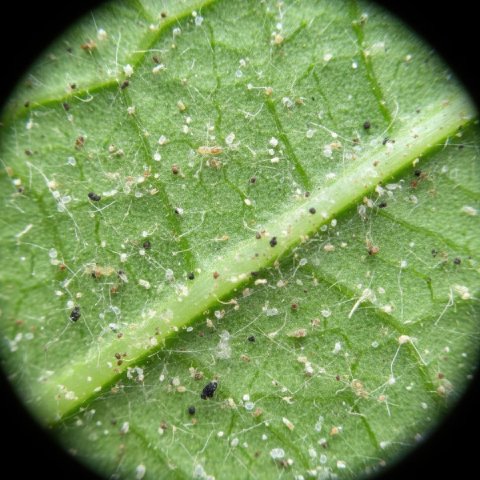
🟤 Problem: Brown, Crispy Leaf Edges
This is especially common in tropical plants like Calatheas and Ferns. The issue isn’t usually about watering, but about the air around the plant.
The Likely Culprit: Low Humidity
The moment your central heating comes on, it starts stripping moisture from the air. For plants that evolved in humid rainforests, this dry air is torture, and it causes the delicate edges of their leaves to dry out and turn brown and crispy.
The Fix: This is all about boosting ambient moisture. A humidifier is the most effective tool. Grouping your humidity-loving plants together can also create a beneficial microclimate. Read more in our guide to brown, crispy edges.
